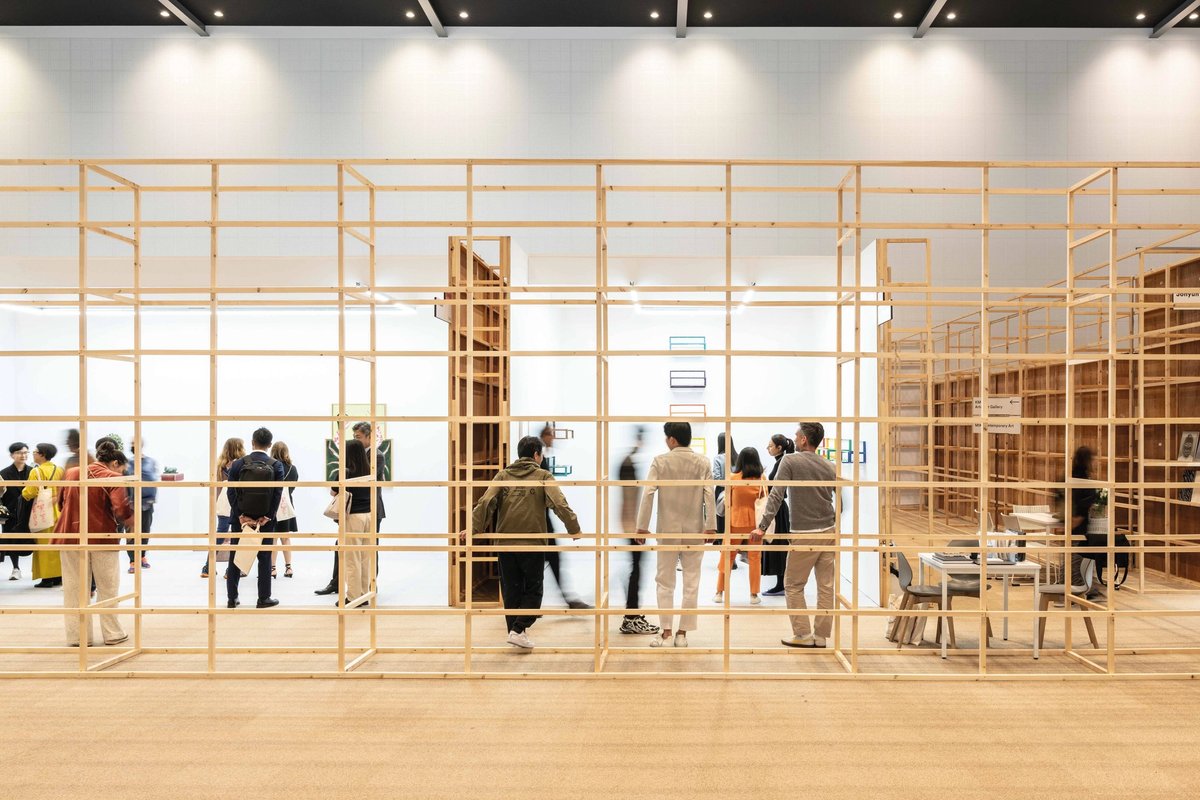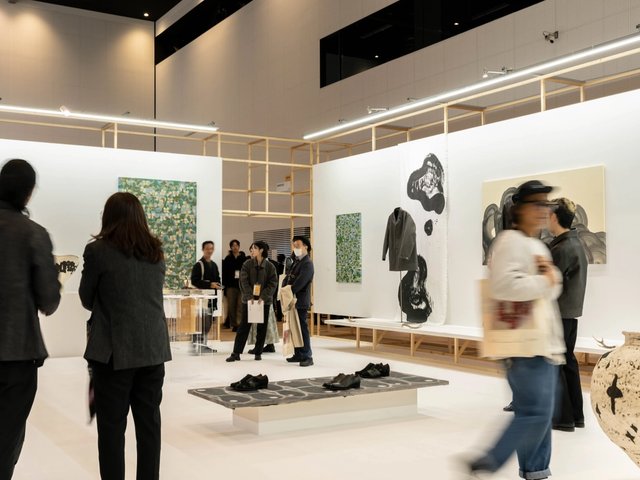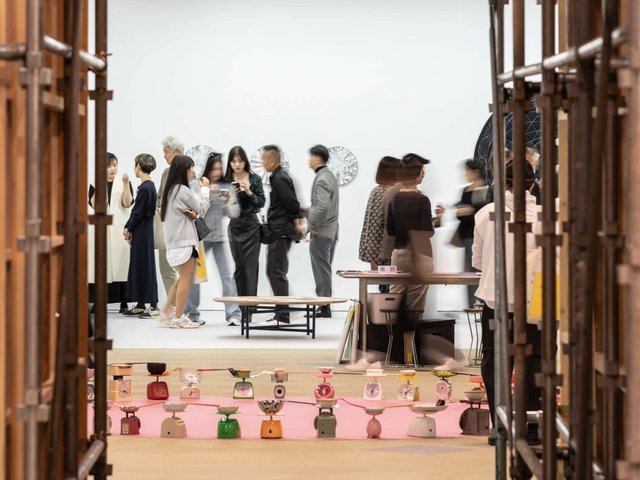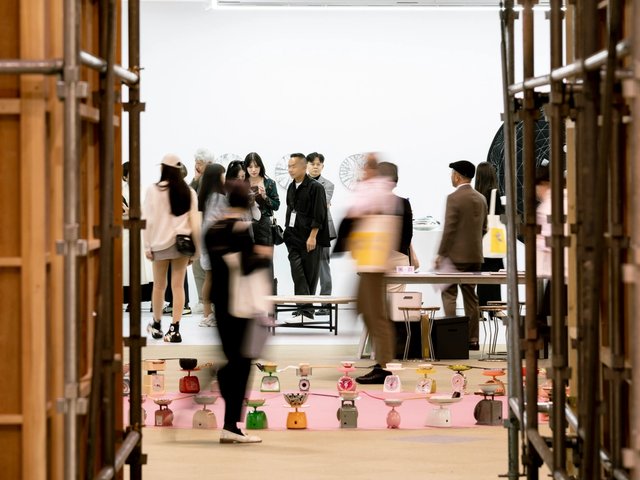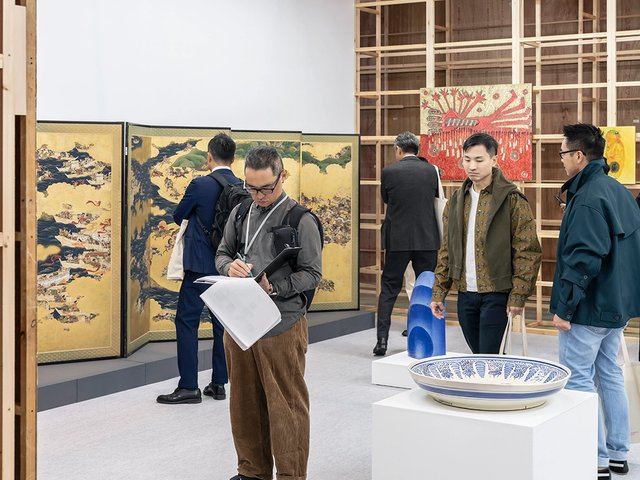Kyoto’s boutique fair Art Collaboration Kyoto (ACK) will return in November with its largest edition to date, bringing 72 galleries from 19 countries and regions to the Kyoto International Conference Center from 14 to 16 November (preview 13 November). Now in its fifth year, the fair has distinguished itself by pairing Japanese galleries with overseas counterparts in shared booths and by embedding a network of exhibitions across the city.
Yukako Yamashita, the fair’s director since 2022, first joined as an exhibitor in the inaugural edition. “From the start, the vision was clear: a culture-forward contemporary art fair in Kyoto with collaboration at its core,” she says. “It began as one of Kyoto Prefecture’s cultural projects, and from day one it meant partnerships across borders and sectors — between galleries, institutions and the wider ecosystem. We’ve refined that idea, making Kyoto itself an active partner in how audiences encounter art.”
In the Gallery Collaborations section, Japanese and international galleries share stands. Yamashita calls the format “unique and powerful”, allowing overseas galleries to navigate the Japanese market while giving younger dealers valuable experience. Alongside this sits the Kyoto Meetings sector, which has grown in scale and ambition. “The balance has stayed consistent, but the Meetings section has become both more international and more Kyoto-centred,” Yamashita says. “Global galleries like Perrotin and neugerriemschneider are now presenting artists linked directly to Kyoto’s culture and history.”
The fair also extends across the city, activating temples, gardens and traditional machiya townhouses. “This city is one of a kind,” Yamashita says. “To hold a fair here without engaging its temples and craft traditions would be a missed opportunity.”
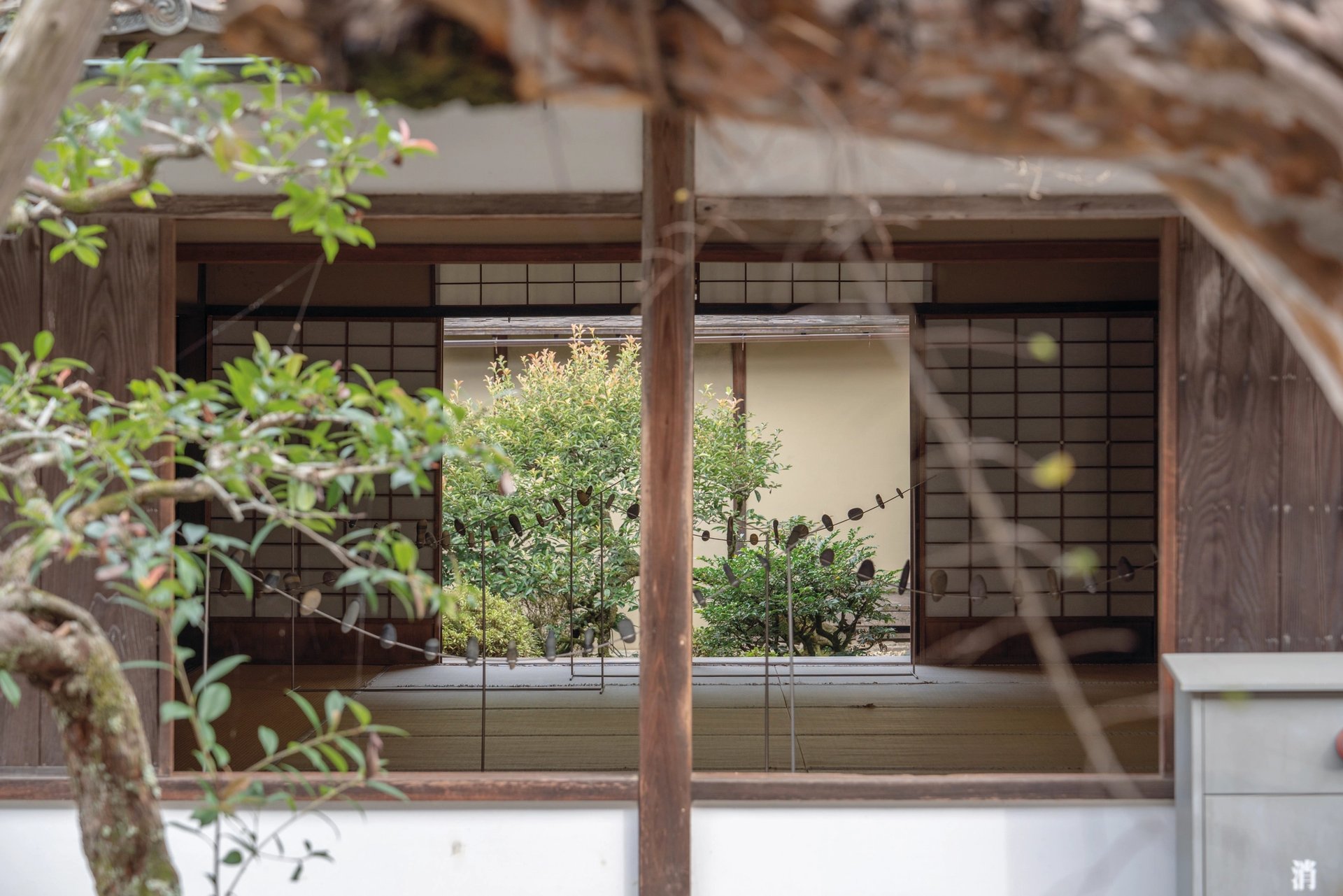
Events take place at venues around the city, including the Manshu-in Temple Installation view of He Xiangyu, The Memory of Stillness, 2024 at Manshu-in Temple. Photo: Yoshimi Ryo, Courtesy of ACK
Highlights of the 2025 edition include a presentation of Isabella Ducrot’s work at the atmospheric Kouseiin Temple by the London-based gallery Sadie Coles HQ, and an exhibition by Carrie Yamaoka at Manshu-in Temple by the Hong Kong based gallery Kiang Malingue. Meanwhile, a new initiative, the Bangkok Collaborate Kyoto Fellowship (BCK Fellowship), will provide financial support, a residency, and an exhibition at Bangkok Kunsthalle. “The aim is to foster exchange across Asia and open new creative pathways,” Yamashita says. “We want to support artists over the long term and to build connections between Kyoto and other cultural capitals.”
This year’s theme, “2050 — Gaze Toward the Future”, frames the fair’s Public Program, titled Symbiosis: Art and Common Grounds. For Yamashita, the theme emerged from generational reflection. “2025 closes the first quarter of the century — a natural moment to look ahead,” she says. “A generation typically shifts in about 25 years, and the art world is now in transition, shaped by things such as artificial intelligence and new cultural currents. I wanted the fair to reflect these changes, demonstrating that contemporary art can serve as a mirror reflecting the society we live in today. In our highly uncertain times, viewing contemporary art provides an opportunity to visualise and contemplate the future. It also shows how Kyoto can become a place where a long-term perspective meets contemporary urgency.”
Education is another focus. “An art fair is not only for the market,” Yamashita says. “Our Kids’ Program, tours and workshops build cultural literacy and encourage long-term engagement.” She adds that these initiatives also help cultivate future collectors: “If you give people the tools to understand art, you are nurturing the next generation of supporters.”
Looking ahead, Yamashita positions ACK as more than a November fair. “I see it as a place where people from the art world and other fields can come together,” she says. “It should be a hub that provides value throughout the year, not just in November. At its core is collaboration, which will keep it vital in the cultural landscape. Our aim is not scale for its own sake, but sustainability — enriching the ecosystem in Japan and connecting Kyoto with the world. In that sense, the 2050 theme is also a guide: to think long term, and to ensure ACK is preparing the ground for the next generation of artists and audiences.”
• Art Collaboration Kyoto, Kyoto International Conference Center, 14-16 November (preview 13 November)



